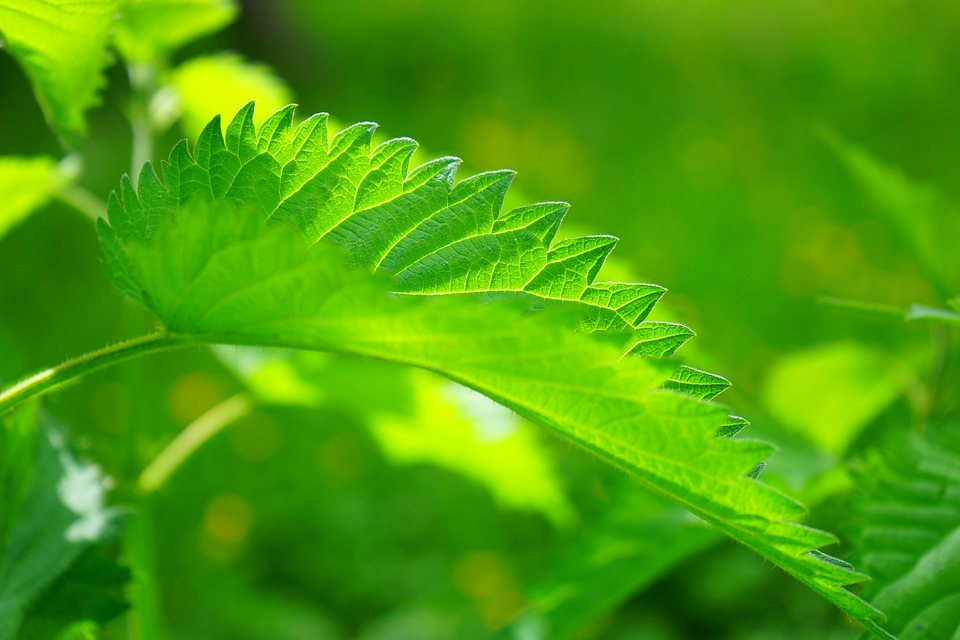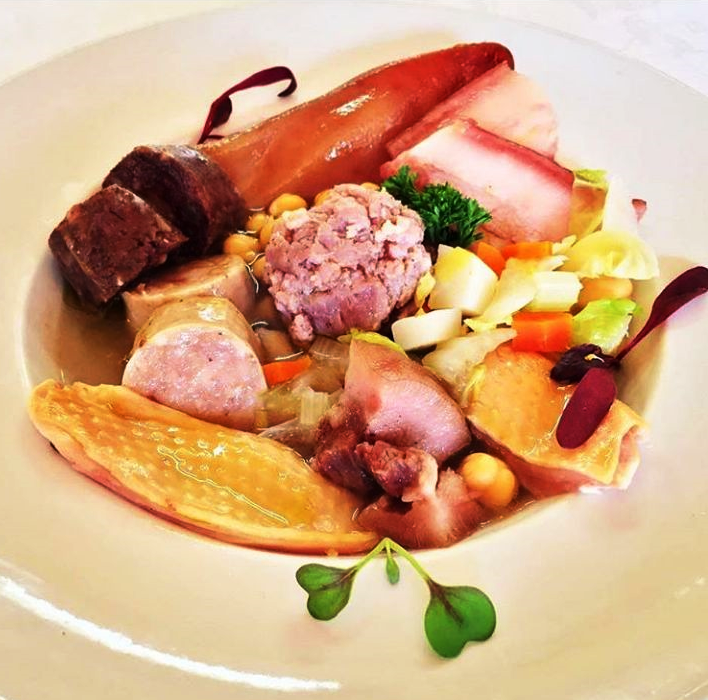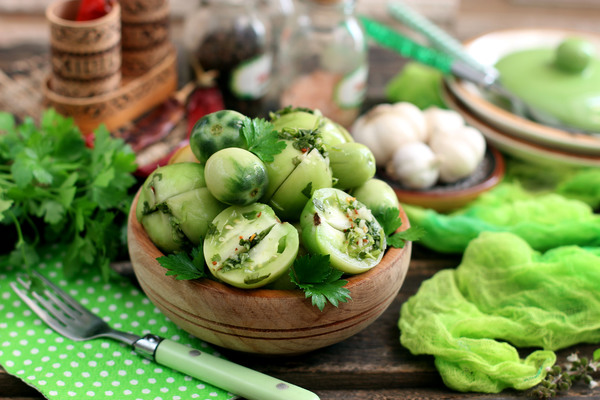Greens grown under natural conditions (unlike greenhouse vegetables stuffed with nitrates) carry many useful microelements. One of the champions in this respect is the common nettle which is not remarkable at first glance. The plant grows in both hemispheres but is most commonly found in the north. My blog today blog is about nettles.
Nettle burns are relatively harmless, although there are several tropical species which can sting very badly and can even lead to death (for example the Urticaferox, a nettle tree from New Zealand).
In the old days, they said that it was the only one to replace the seven doctors. This plant grows in many gardens and contains many multivitamins. People have long been cooking soups with it, adding it to cereals and pies, and successfully filling the shortcomings of a depleted spring diet. Traditional medicines (including ancient China) use the dried plant parts for a wide range of disease treatments. What is so special about this ordinary grass?
Burning Multivitamin
Surprisingly, there is more ascorbic acid in nettles than in lemons and even blackcurrants. In terms of A-vitamin saturation, it is also ahead of many; just 20 leaves are enough to get a daily dose of A-vitamins. The plant is a better source of protein than nuts and legumes too. In addition to these, nettles contain many vitamins, minerals and useful organic nutrients.
A young nettle’s fresh juice has the best effects. It is easy to get it:
1. Cut off the plant’s tops.
2. Wash and dry them.
3. Grind the raw materials in a meat grinder or blender.
4. Squeeze the juice through a double butter-muslin layer.
If there is a powerful juicer at home then you can use that as well.
On a side note! There are two types of nettles: annual and stinging. Only the second has healing properties. Varieties differ even in appearance: the annual grows no higher than the knees, whereas the stinging nettle grows up to one and a half meters.
If you still have doubts, you need to pull out the plant; you will pull a long rhizome behind the stinging nettle, and the annual nettle comes out easily.
With vitamin deficiency, it is good to drink a teaspoon of fresh nettle juice 3 times a day. This will have a complex effect, it will:
• improve and normalize the blood content, reducing the sugar level;
• activate the recovery and metabolism processes;
• balance the work of all organs and systems;
• strengthen immunity;
• relieve from fatigue, depression.
You can dilute the bitter liquid or drink plenty of cold boiled water after it.
Pharmaceutical concentrate of nettle has a similar effect; if a fresh plant is out of reach, then you can use that too.
Important! Be careful about consuming nettles if pregnant or suffer from blood diseases, varicose veins, and/or tumors. In any case, prior consultation with the doctor does not hurt.
Vitamin Menu
When cooking dishes with young nettle, you should douse the leaves with boiling water so they lose their sting.
Recipes with Young Nettle Sprouts
Salad: chop the leaves; add chopped boiled eggs, season with sour cream.
Omelette: stew the crushed leaves with chopped onion, add a beaten egg and bake in the oven. Sprinkle with parsley and dill.
Pancakes: pour boiling water onto rolled oats to soak them. Chop the nettle leaves and young garlic sprouts; mix with the oatmeal. Salt the mixture and add one egg, a spoon of sunflower oil, and flour. Fry for 3-4 minutes on both sides, serve with milk or sour cream.
Green butter for sandwiches: Finely chop 2 tablespoons of nettle leaves in a blender, add 100g of butter, dress with grated horseradish to taste.
Kefir drink: boil the leaves in water for 5 minutes; dry; beat in a blender with the addition of 500ml of kefir, adding salt and pepper to taste.
Nettle and carrot juice: mix 1 part of nettle juice with 2 parts of carrot juice.
Harvesting, Drying, and Storage of Nettle Leaves
Use plant leaves collected in the flowering season for the healing purpose. Choose whole, large, intact green leaves only, without darkened pieces, remnants of stems or inflorescences.
Dry the raw material in the shade, in a ventilated place, in one layer. You should collect dried leaves in a jar or box so that they do not get crushed and store them in a dark room.
The sun is detrimental to nettle, it “kills” most of their natural nutrients.
It is possible to use dried nettles not only for medicinal purposes but also as a seasoning – adding the crushed leaves to meat, fish and vegetable dishes. You can brew multivitamin teas using nettle leaves too.











